Kubernetes cluster setup over GCP (autopilot)
 Suyash Sharma
Suyash Sharma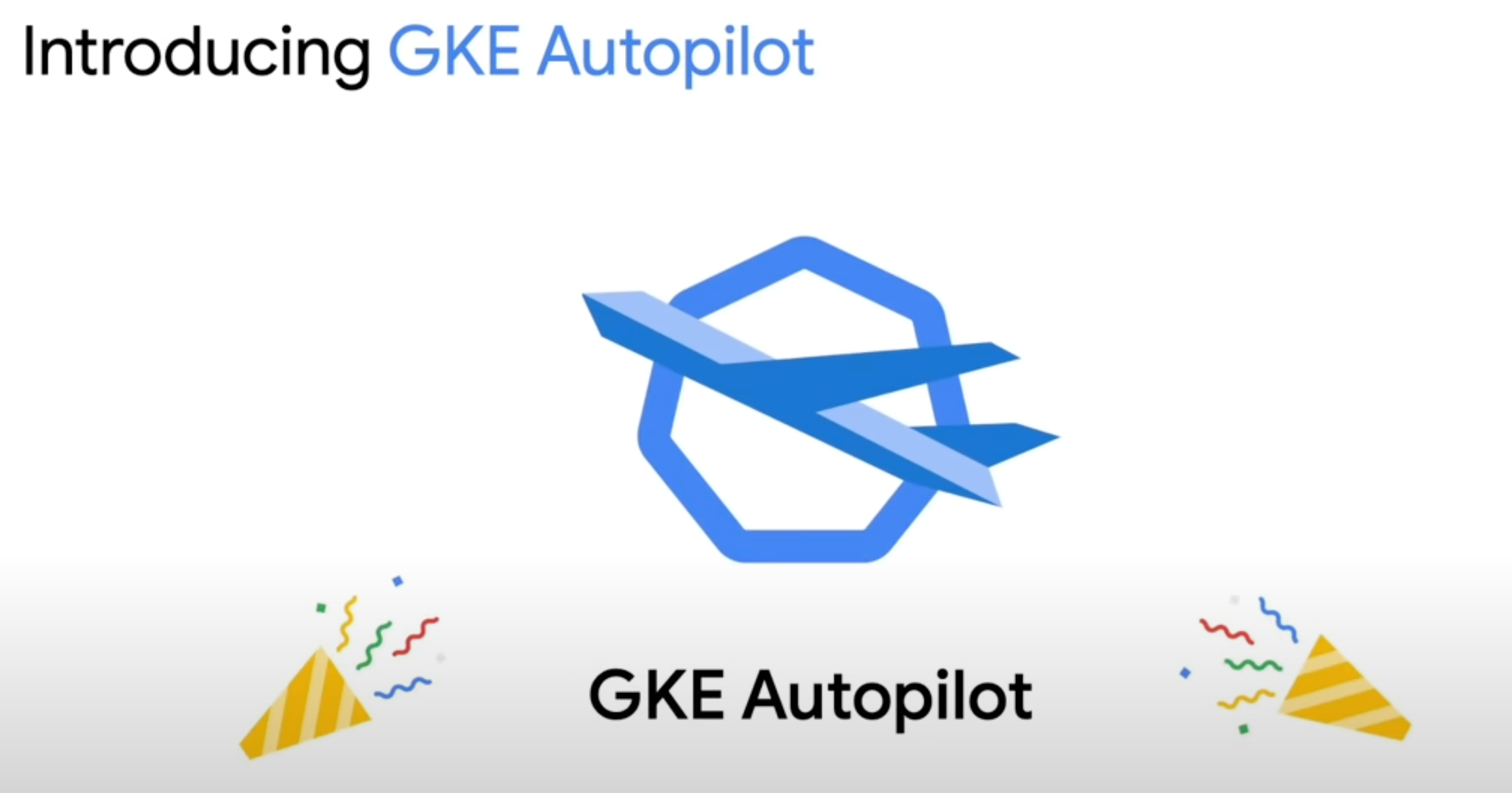
Hi there, this is Suyash back again for K8S enthusiasts.
As people say, you can manage Kubernetes but it's tough in terms of creating the cluster from scratch.
Requirements :
– GCP portal access (Enable free GCP account from cloud.google.com/training)
-- K8S enthusiastic pills :)
Autopilot clusters come with pre-configured best practices and are optimized for cost and performance. The cluster automatically adjusts its size and configuration based on the workload, ensuring that the cluster is not over-provisioned or underutilized. This can result in significant cost savings as resources are used more efficiently.
Common Difference between Standard and Autopilot cluster::
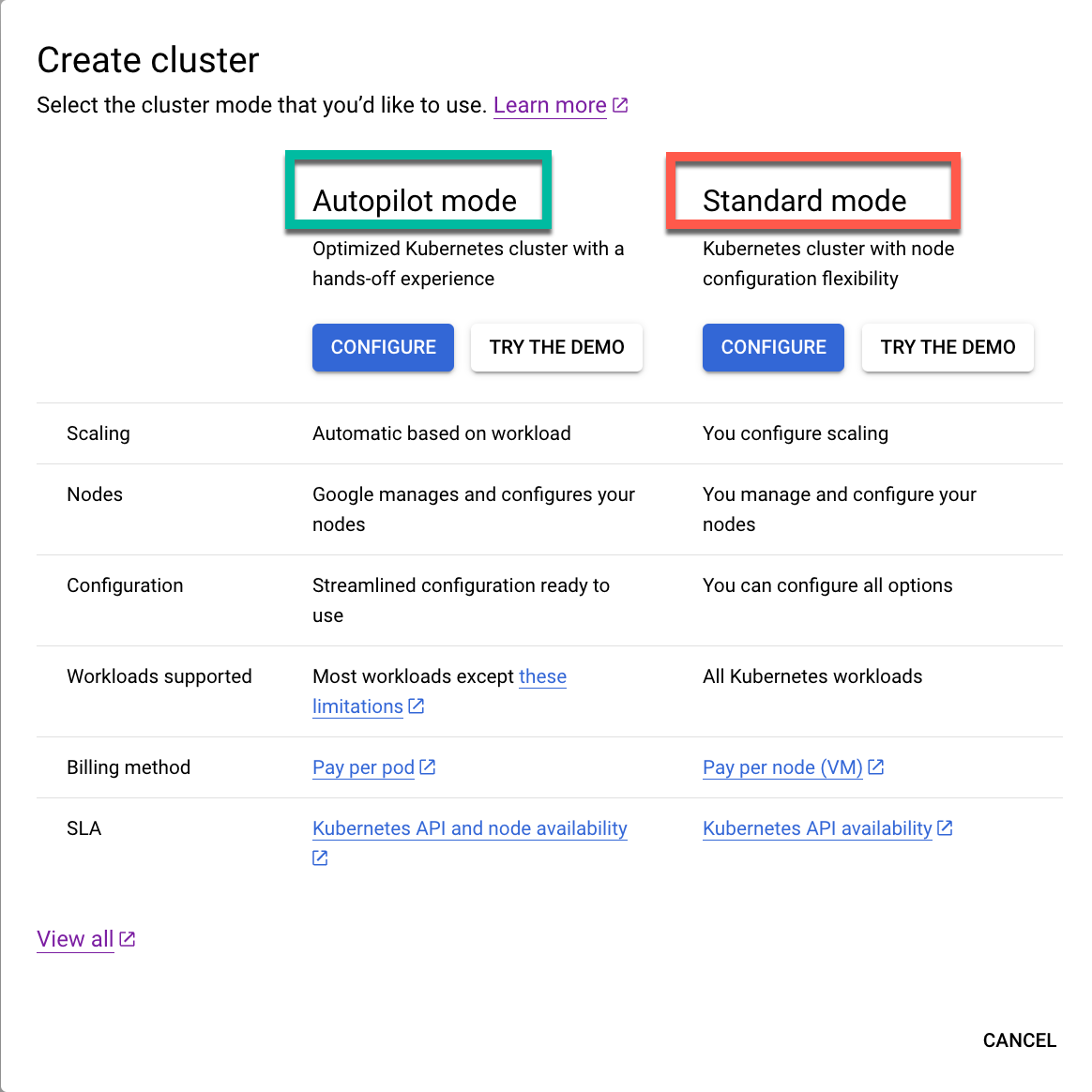
A standard cluster allows for more fine-grained control over the cluster configuration, such as the ability to choose the machine types, set up node pools with custom configurations, and configure networking. With this level of control, it's possible to optimize the cluster for specific workloads, but it also requires more management effort.
On the other hand, an autopilot cluster provides a more hands-off approach to managing the Kubernetes cluster. It automates many of the administrative tasks, such as scaling, upgrading, and repairing the cluster, making it easier to operate and maintain. It also optimizes the cluster resources for efficient resource utilization, which can result in cost savings. However, with an autopilot cluster, you have less control over the cluster configuration and cannot customize it to the same extent as a standard cluster.
The choice between the two depends on the specific needs of your workload and your management preferences.
Benefits of using autopilot::
An autopilot cluster in Google Cloud can be more beneficial for several reasons:
Automated management: Autopilot clusters automate many of the administrative tasks associated with managing a Kubernetes cluster. This includes tasks like cluster upgrades, scaling, and repair. This can save time and effort, and make it easier to operate and maintain the cluster.
Cost-effective: Autopilot clusters optimize the use of resources in the cluster, which can result in cost savings. It automatically adjusts the size of the cluster based on the workload, ensuring that the cluster is not over-provisioned or underutilized.
Security: Autopilot clusters come with built-in security features, such as automatic security patching and access control, which can help protect your workloads from security threats.
High availability: Autopilot clusters provide a highly available cluster with automatic failover in case of a node failure, ensuring that your workloads remain available even in the event of a hardware failure.
Simplicity: Autopilot clusters provide a simplified management experience by abstracting away many of the complexities of managing a Kubernetes cluster. This can be beneficial for teams that are new to Kubernetes or for organizations with limited resources for managing the cluster.
Cluster setup:: It's just a 2-step process via console (Get-Set-Go)
--Over the G console, Click on Create a GKE cluster
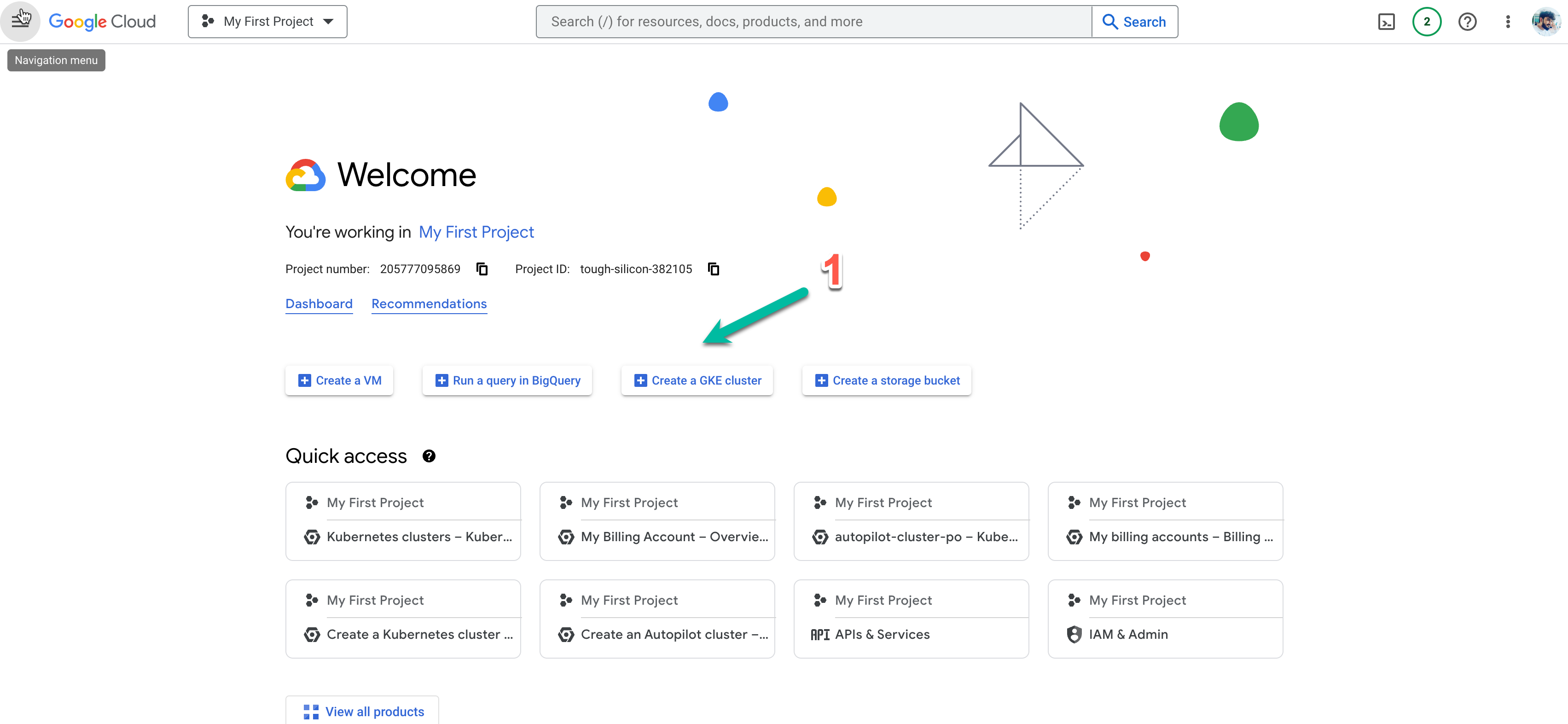
--Name your cluster and select the region and "Create"
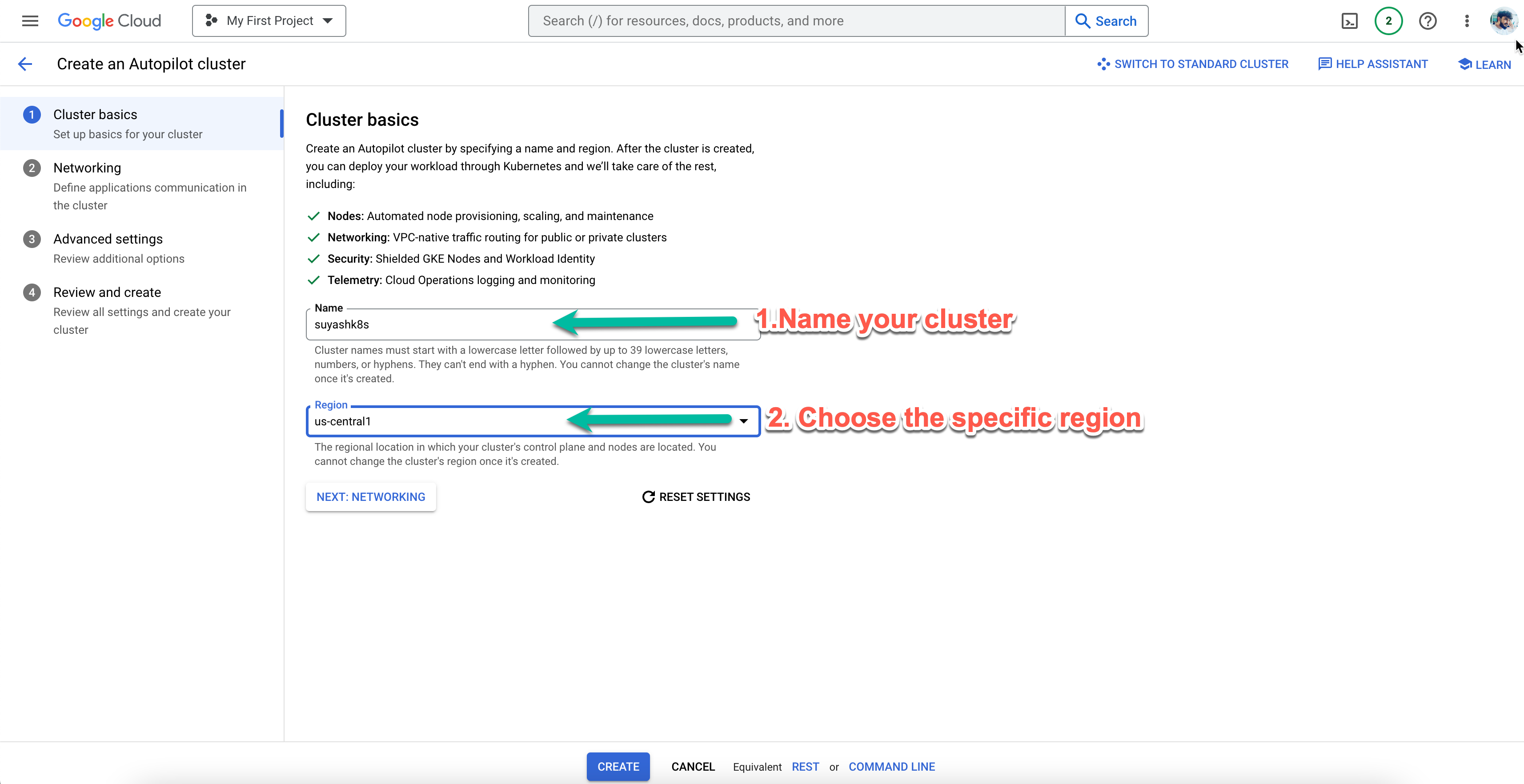
Optional:: Networking setup in case you need to setup else keep it default
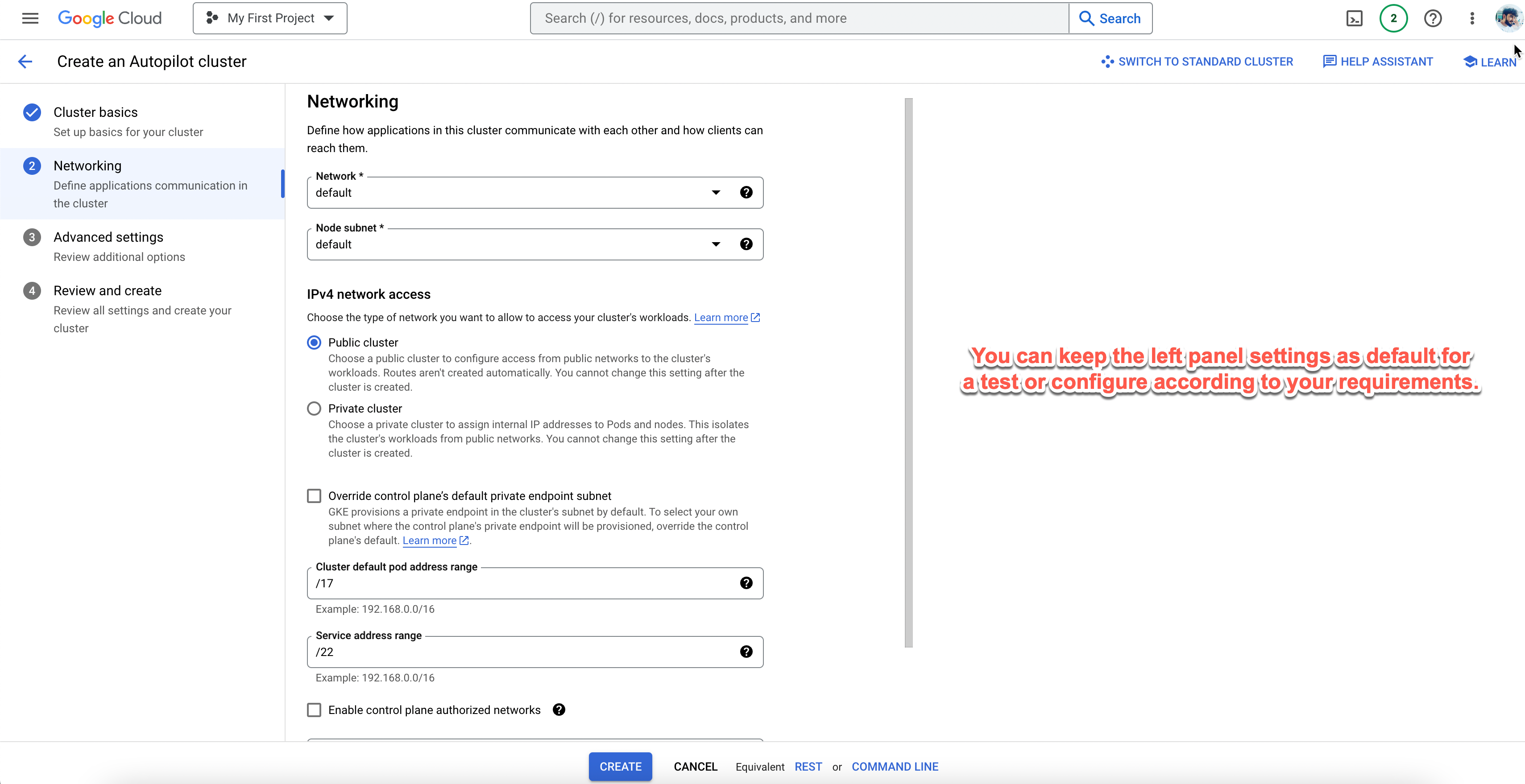
From the above snap, public clusters are accessible from the internet, whereas private clusters are not. Private clusters require a VPC network to be set up and can be accessed through a bastion host or VPN. Private clusters can also be set up with custom IP ranges and routes, which is a general practice in production for obvious reasons :)
--Validate via CLI for the pods:


For accessing CLI, you need to configured kubectl via below command,
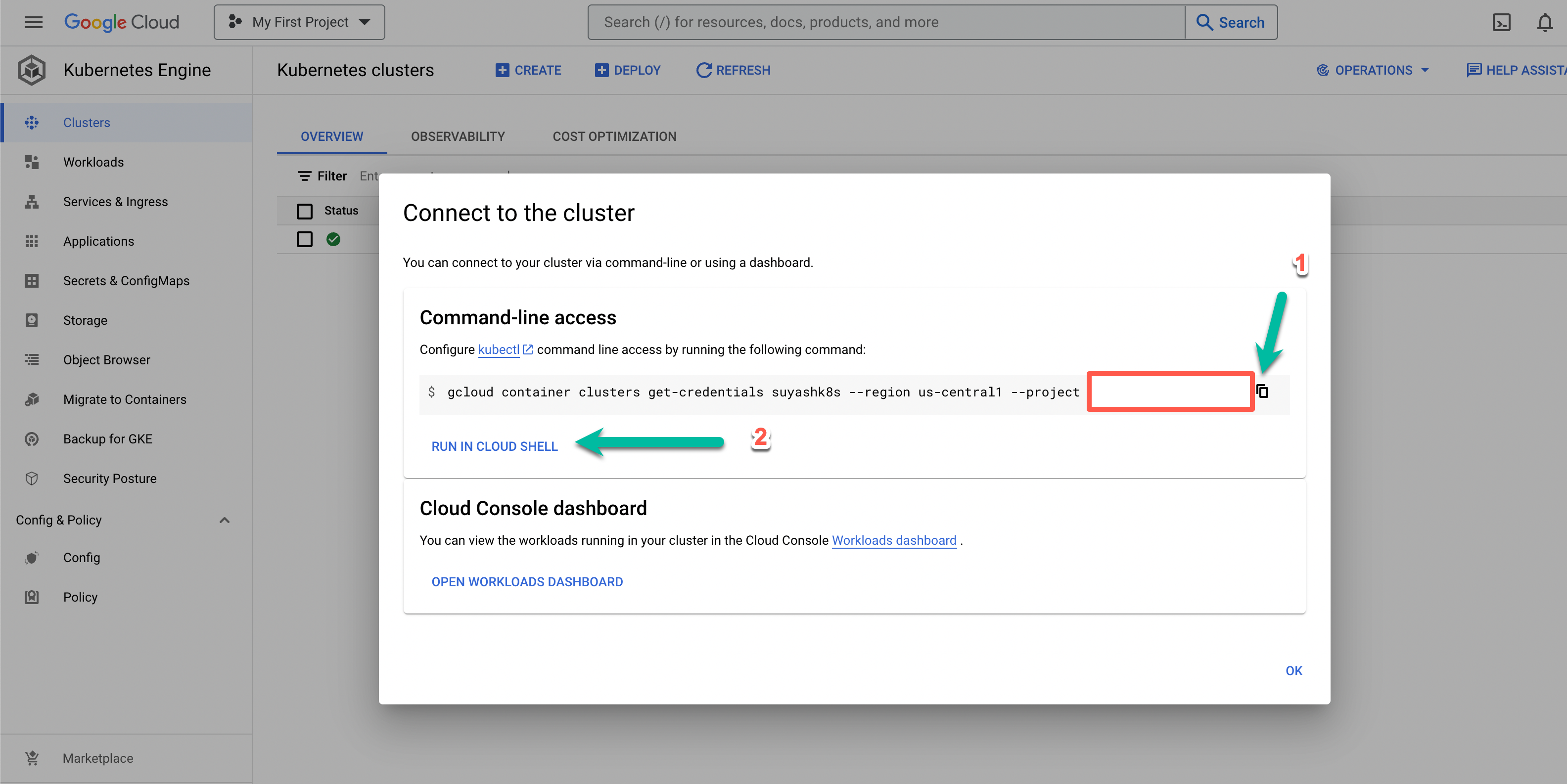
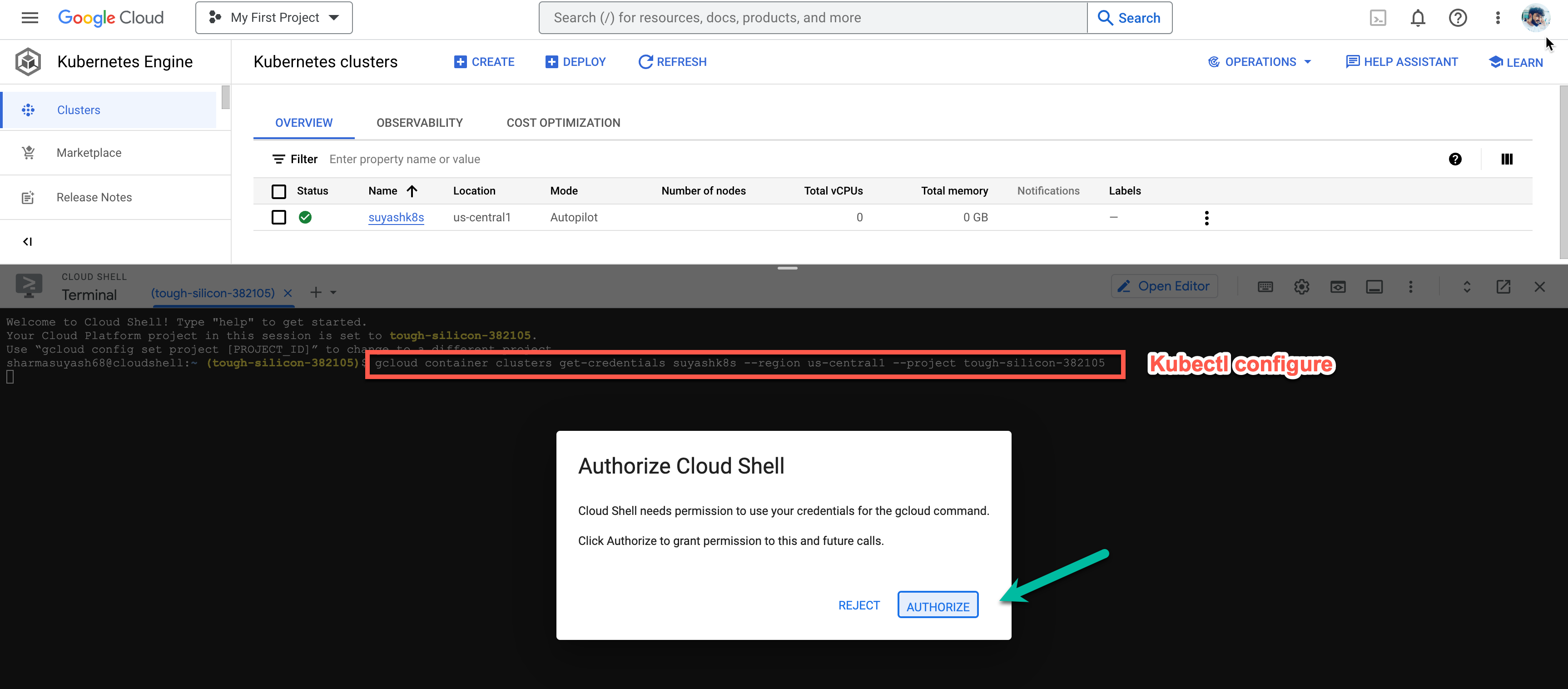
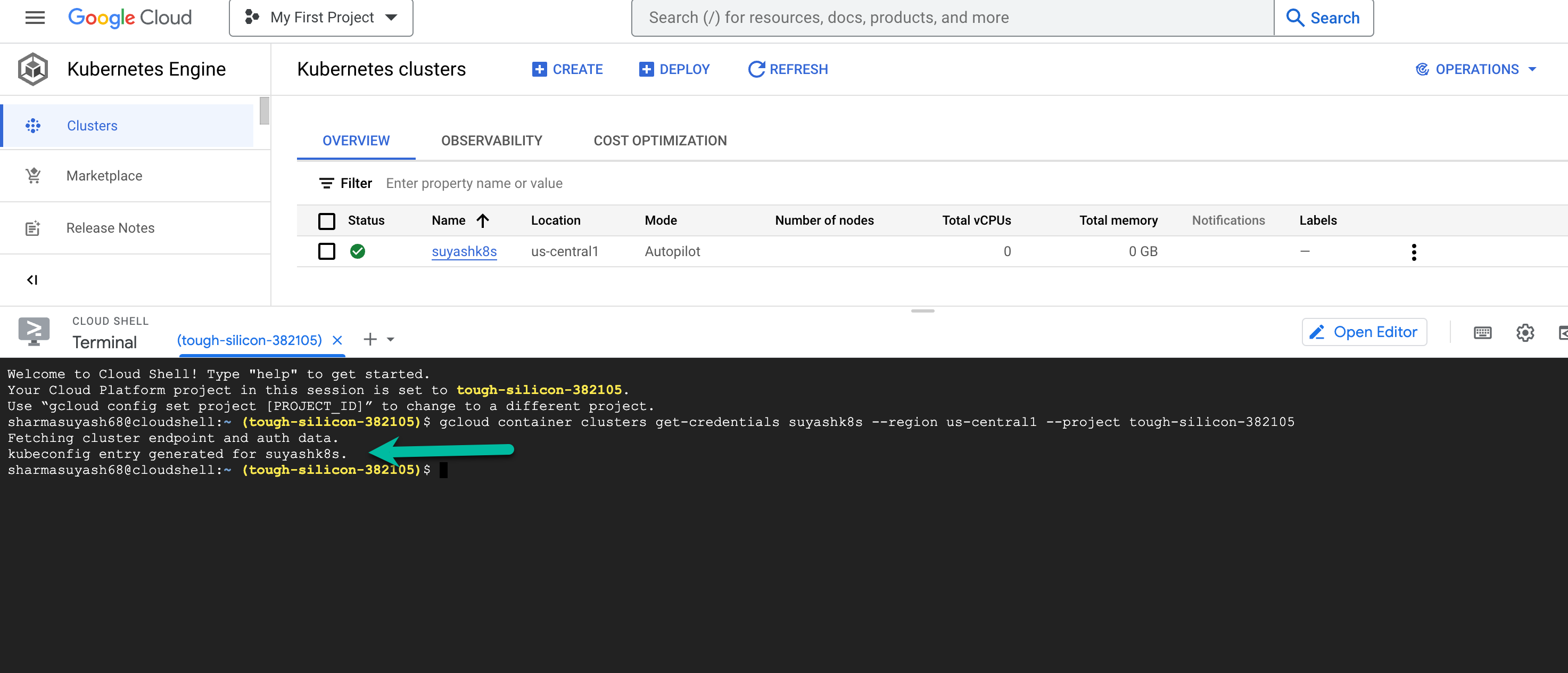
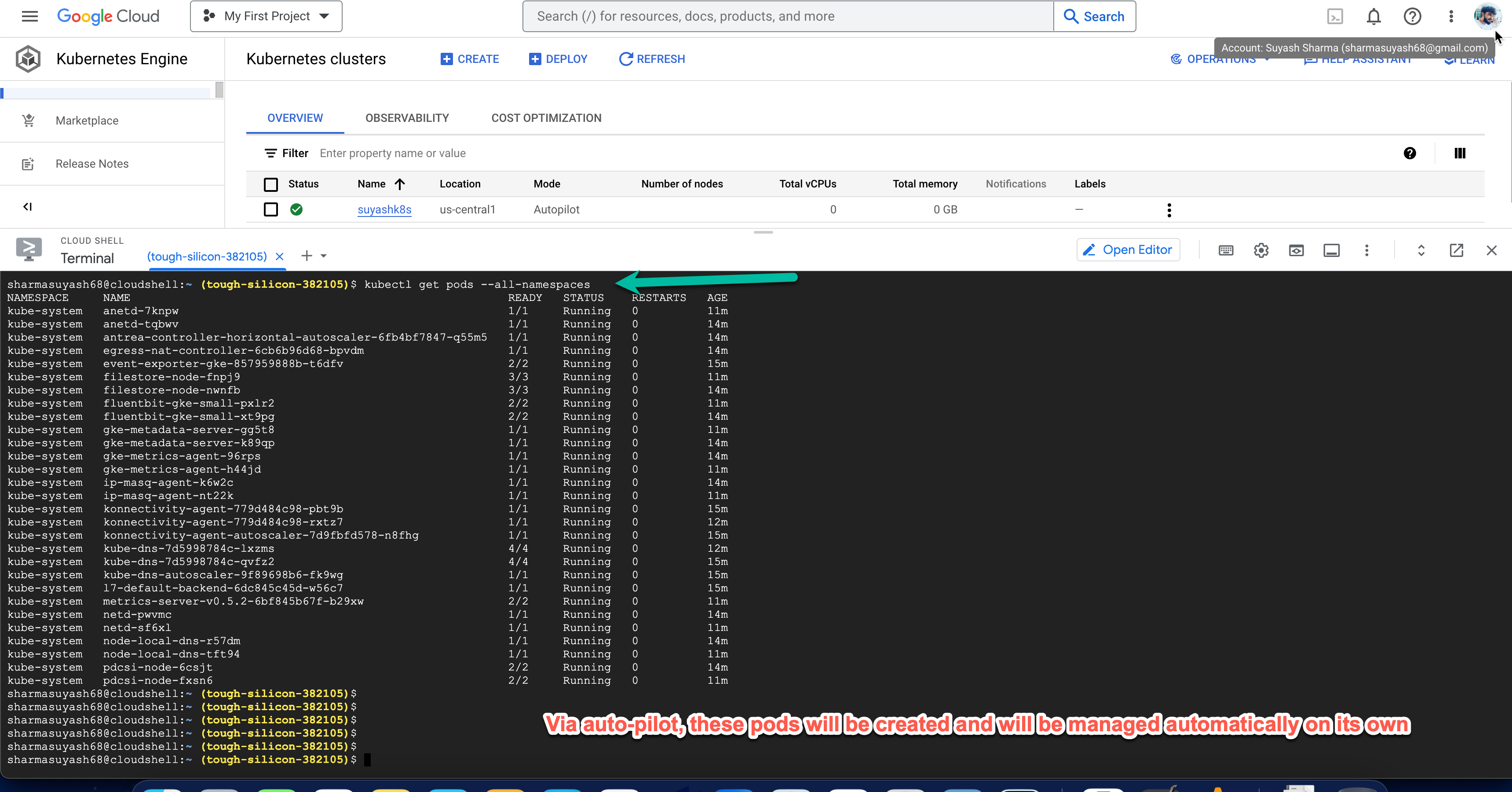
Basic commands for cluster verification ::
# Get commands with basic output
kubectl get services # List all services in the namespace
kubectl get pods --all-namespaces # List all pods in all namespaces
kubectl get pods -o wide # List all pods in the current namespace, with more details
kubectl get deployment my-dep # List a particular deployment
kubectl get pods # List all pods in the namespace
kubectl get pod my-pod -o yaml # Get a pod's YAML
Source -- https://kubernetes.io/docs/reference/kubectl/cheatsheet/
-- More blogs with in depth integration on the way!! :)
Subscribe to my newsletter
Read articles from Suyash Sharma directly inside your inbox. Subscribe to the newsletter, and don't miss out.
Written by

Suyash Sharma
Suyash Sharma
An experienced IT professional with 8 years of expertise across various domains, including Change Management, Release Management, Incident Management, and Kubernetes troubleshooting. Known for effectively managing 24/7 operations, supporting ad-hoc tasks, and building runbooks for production applications.